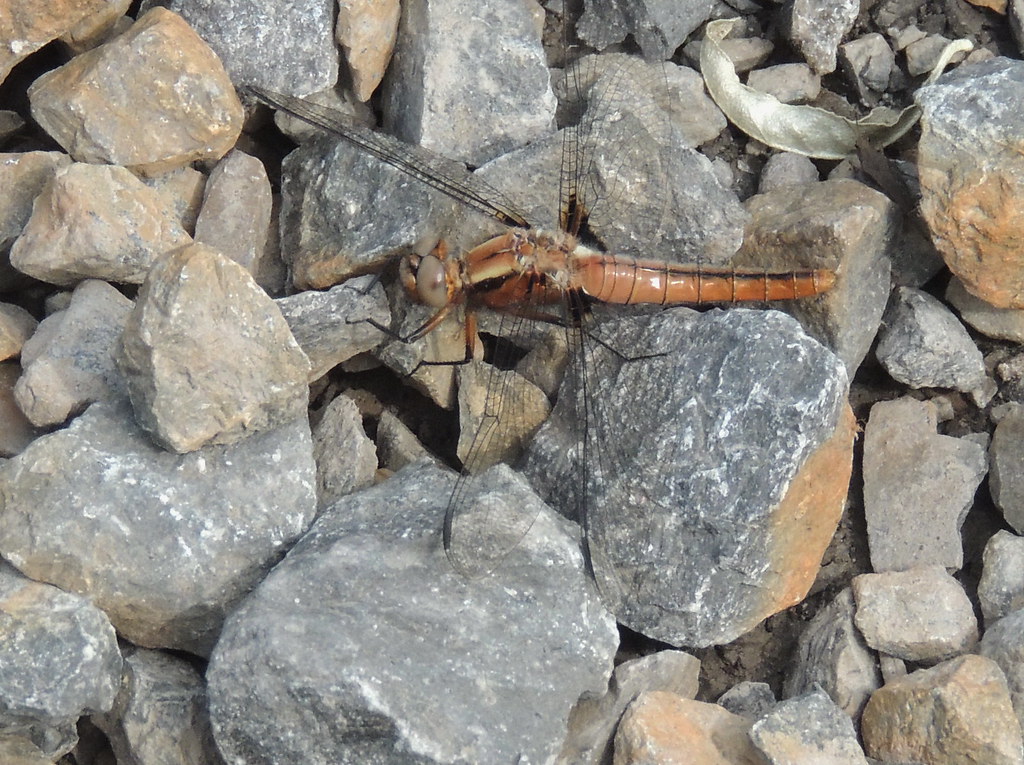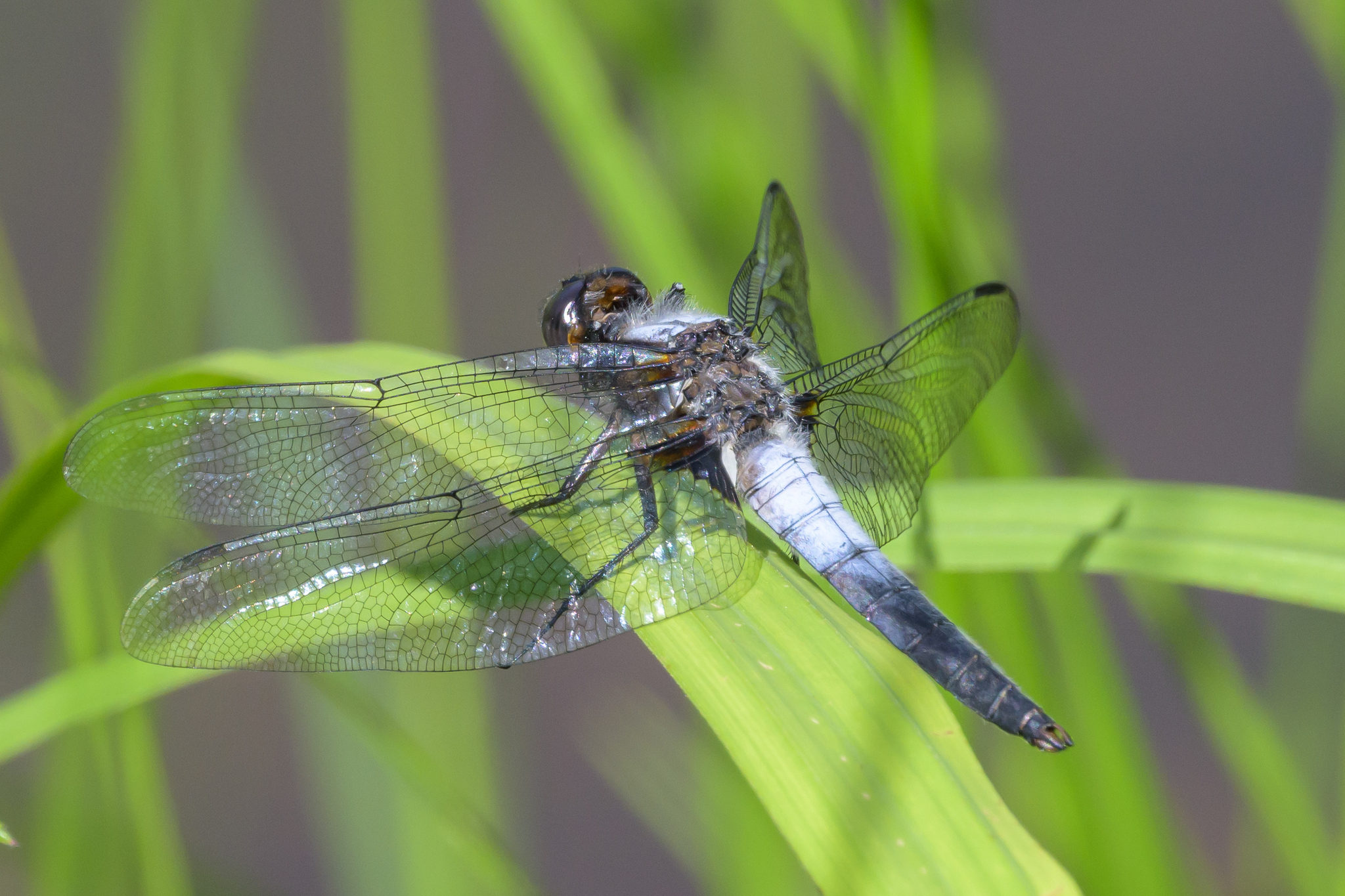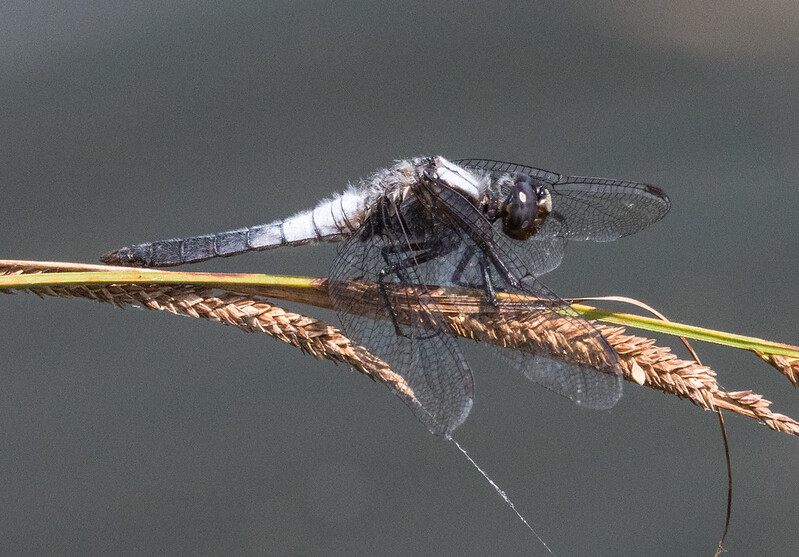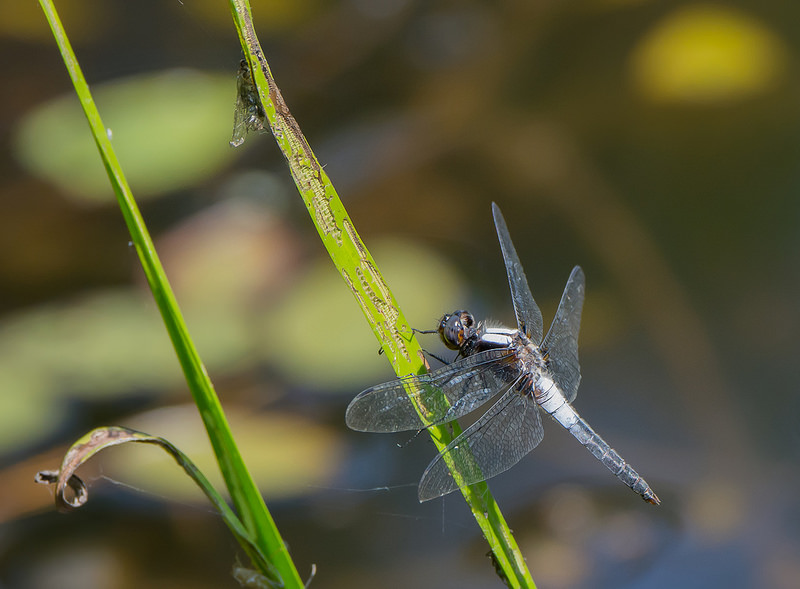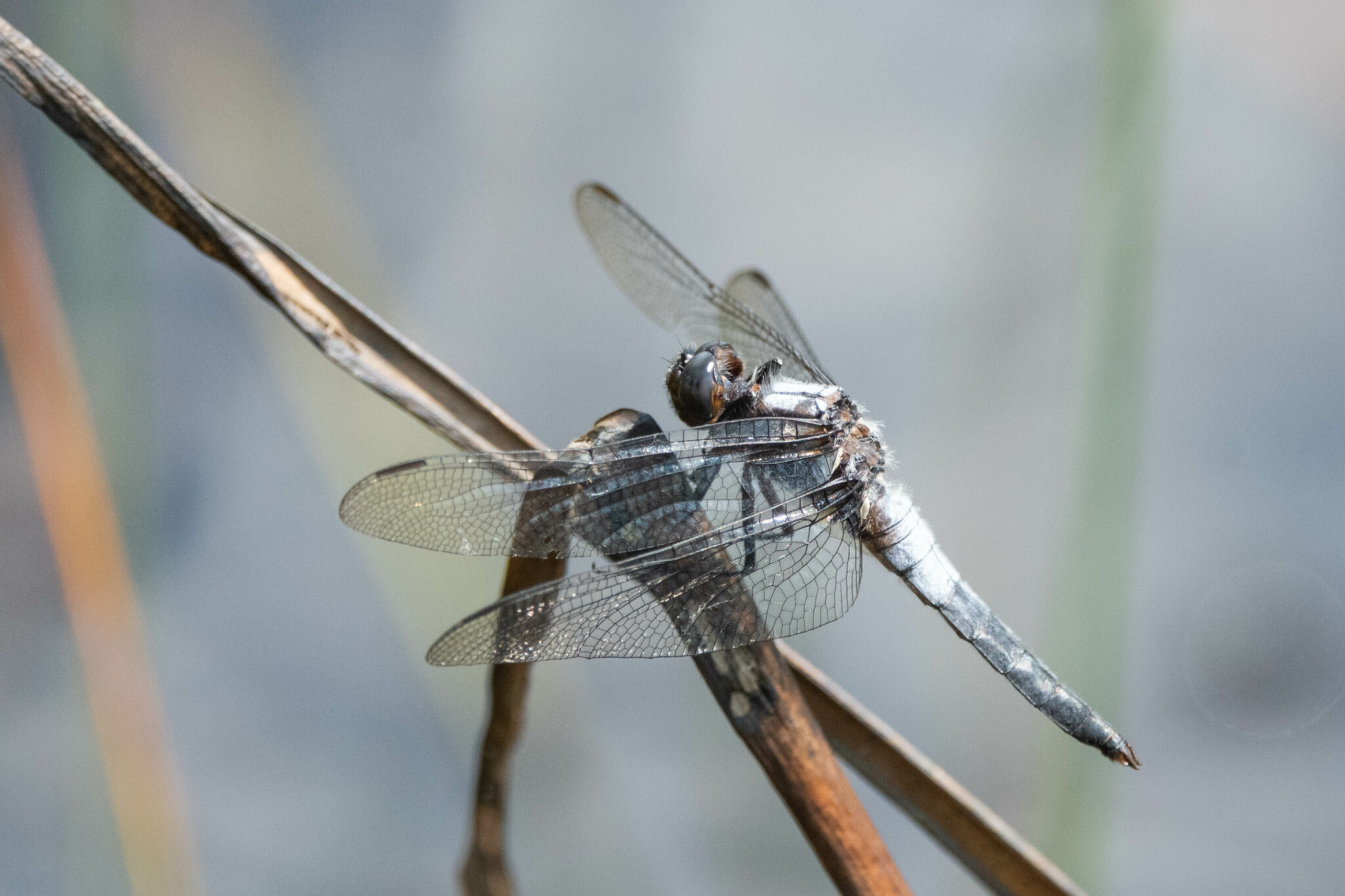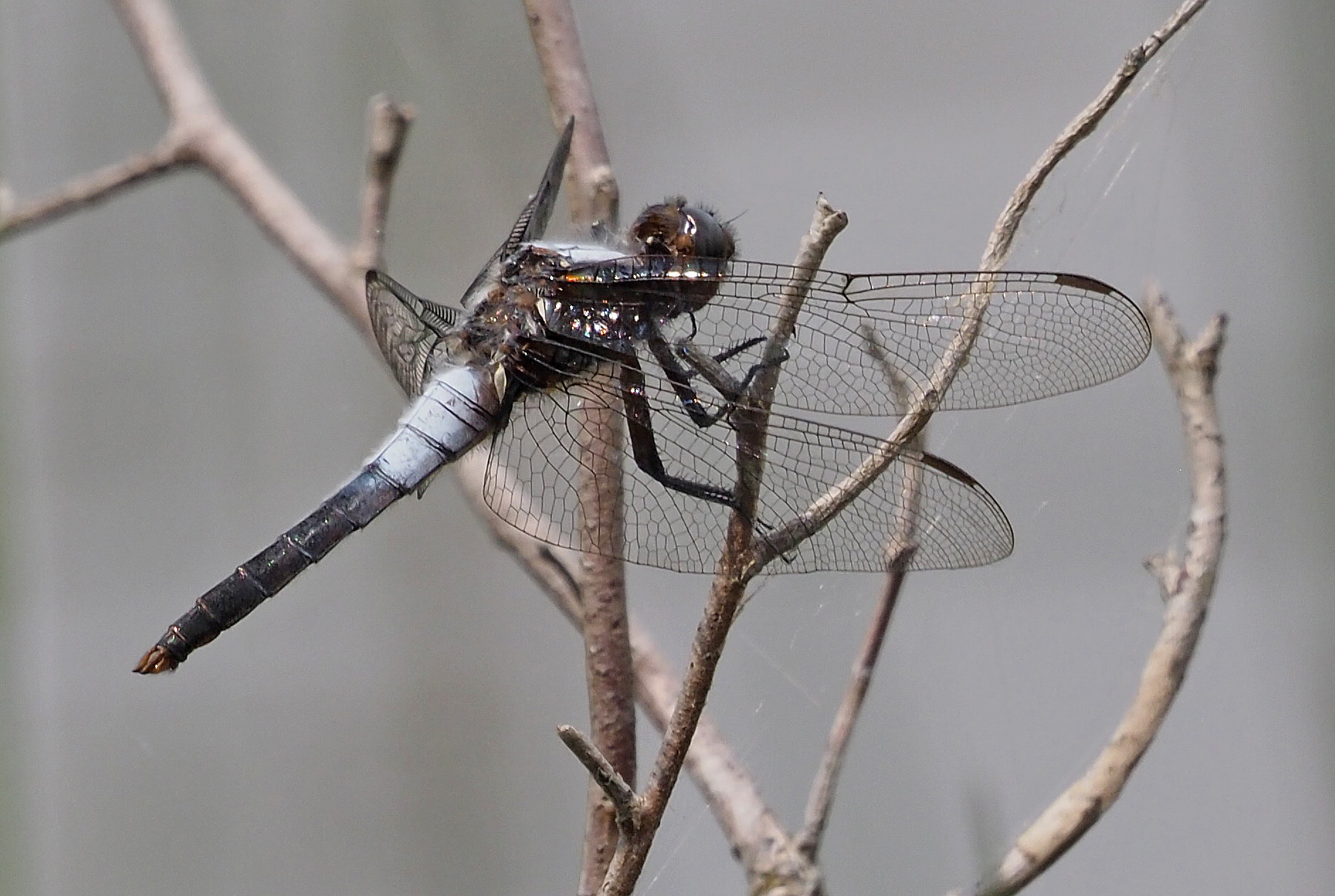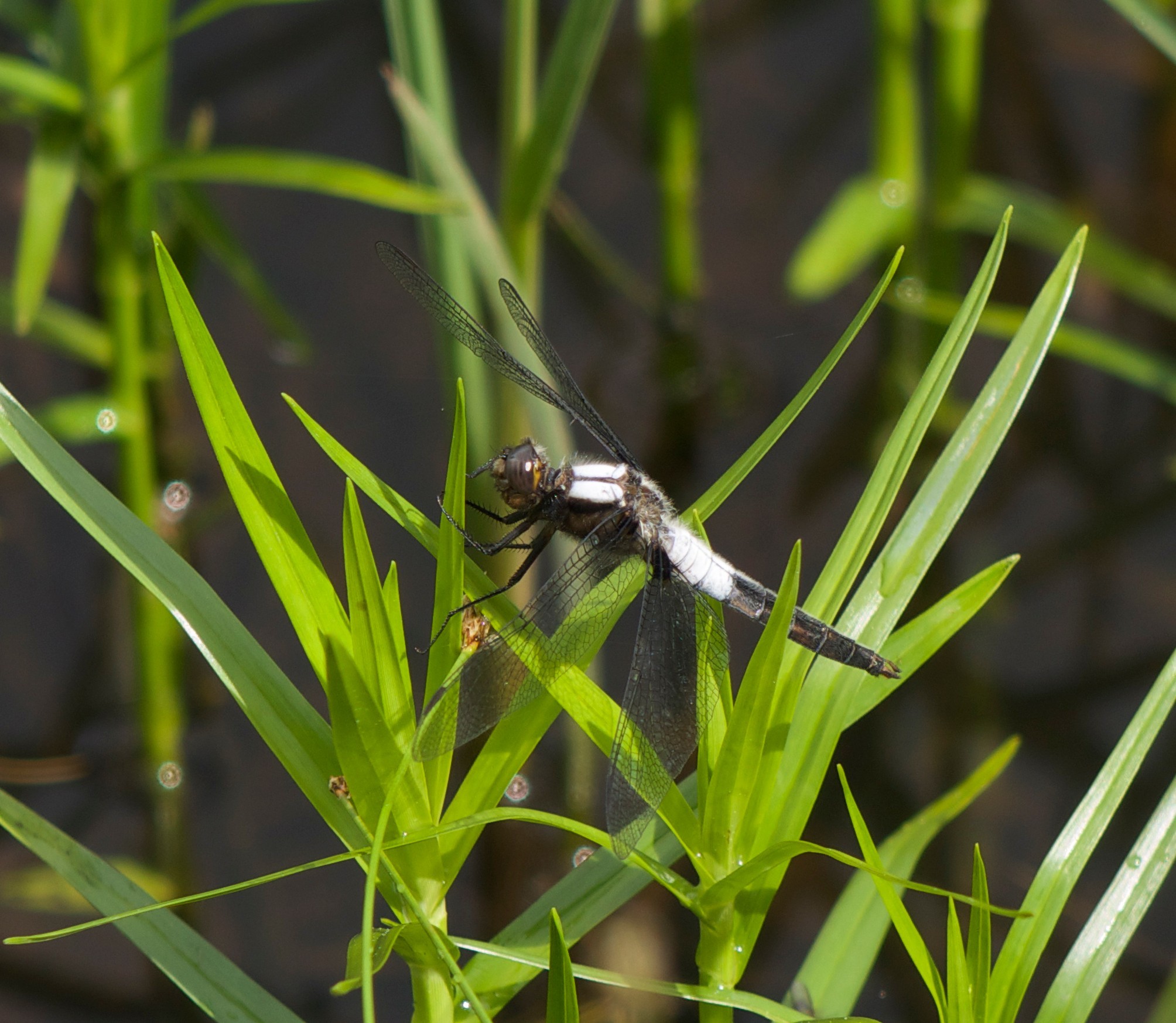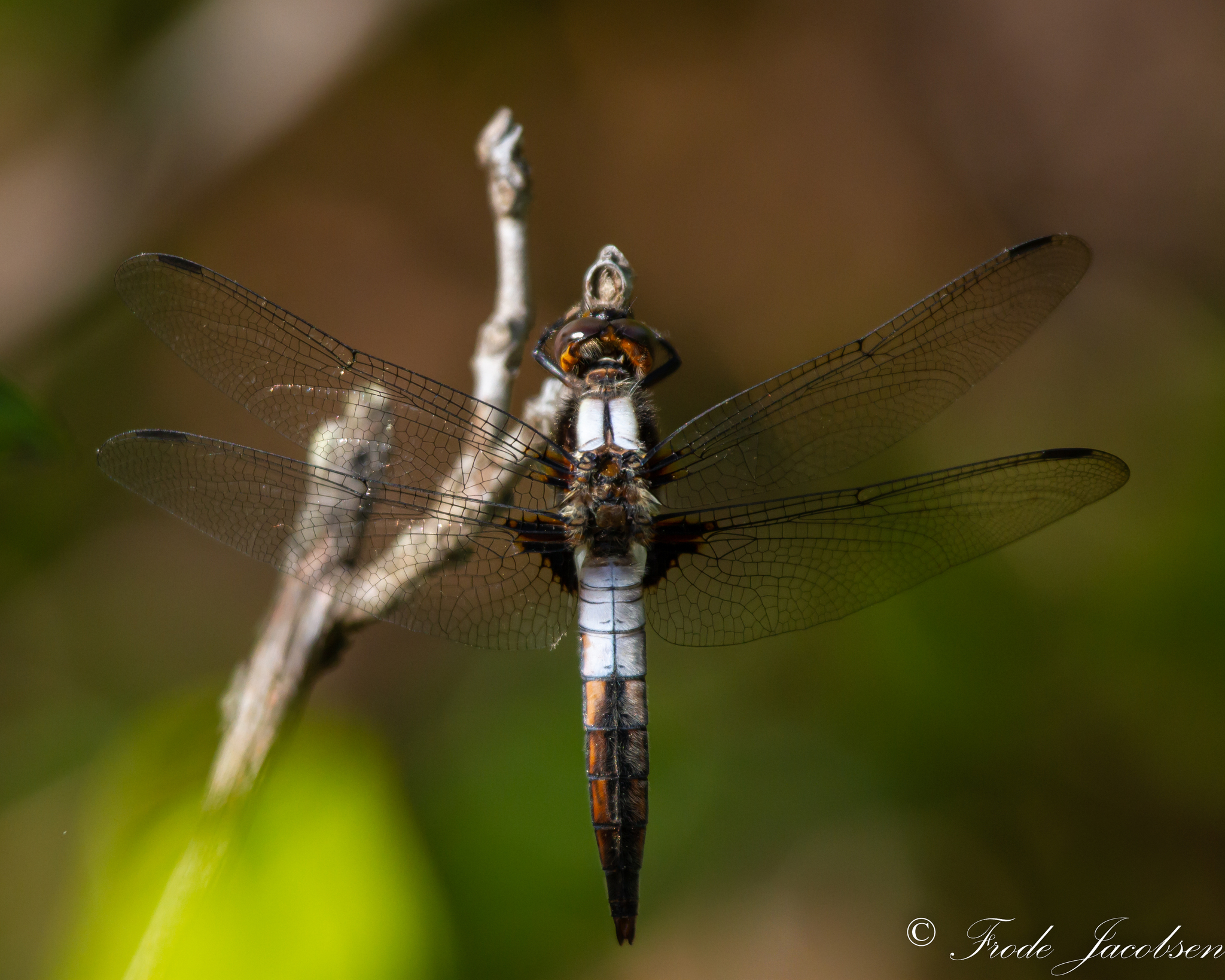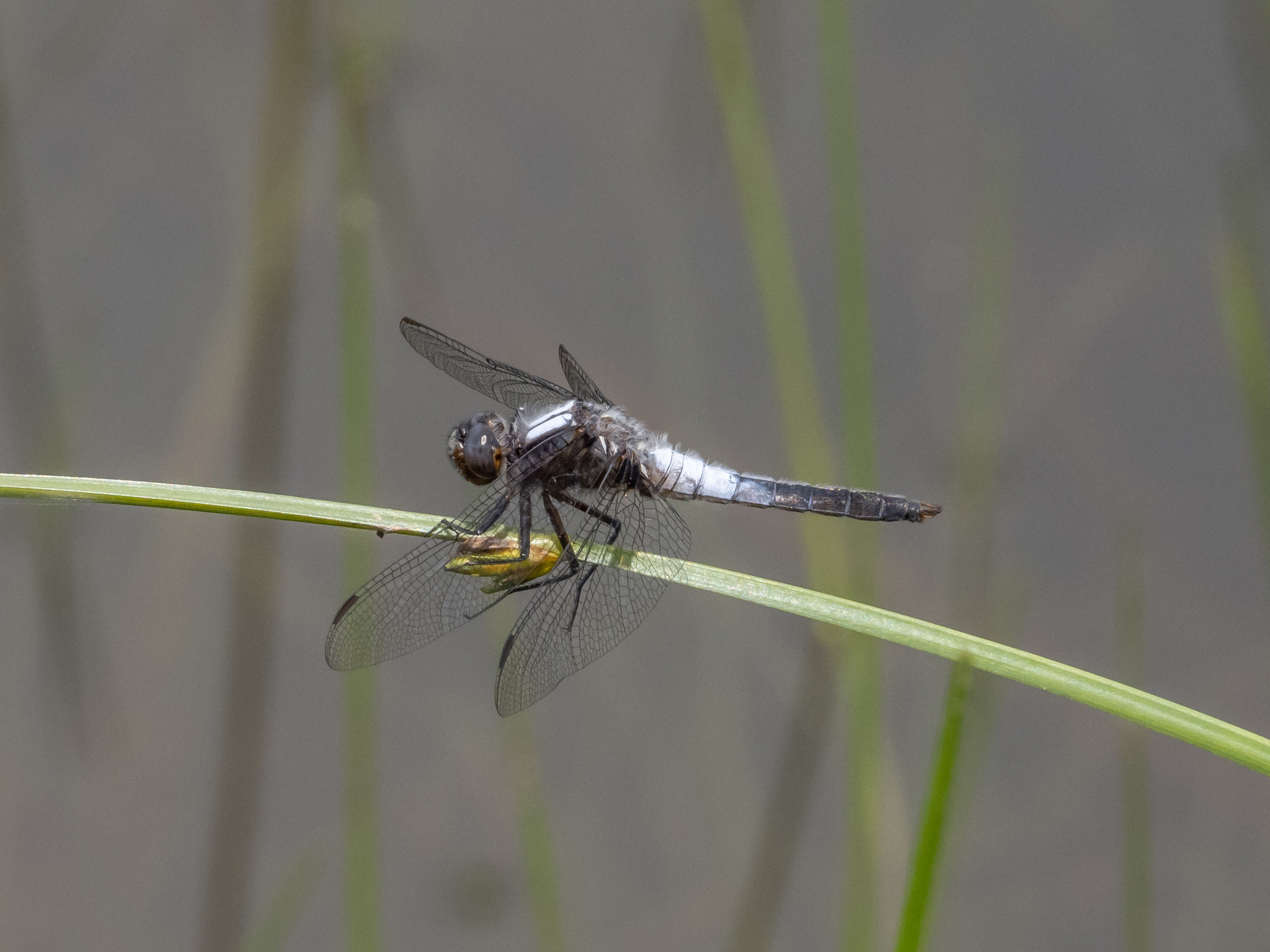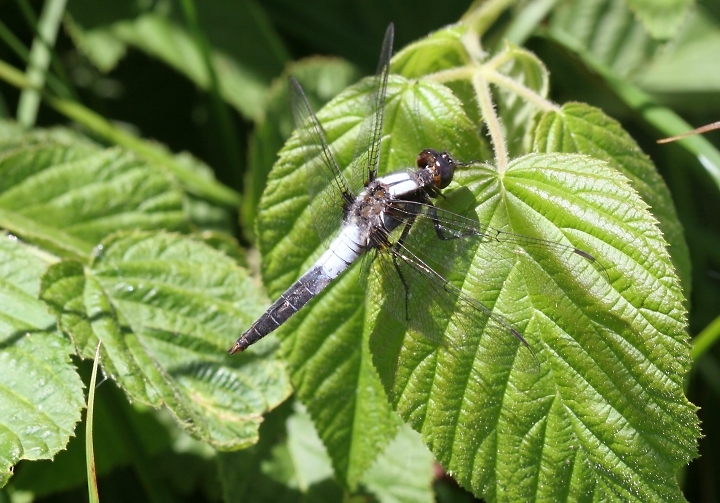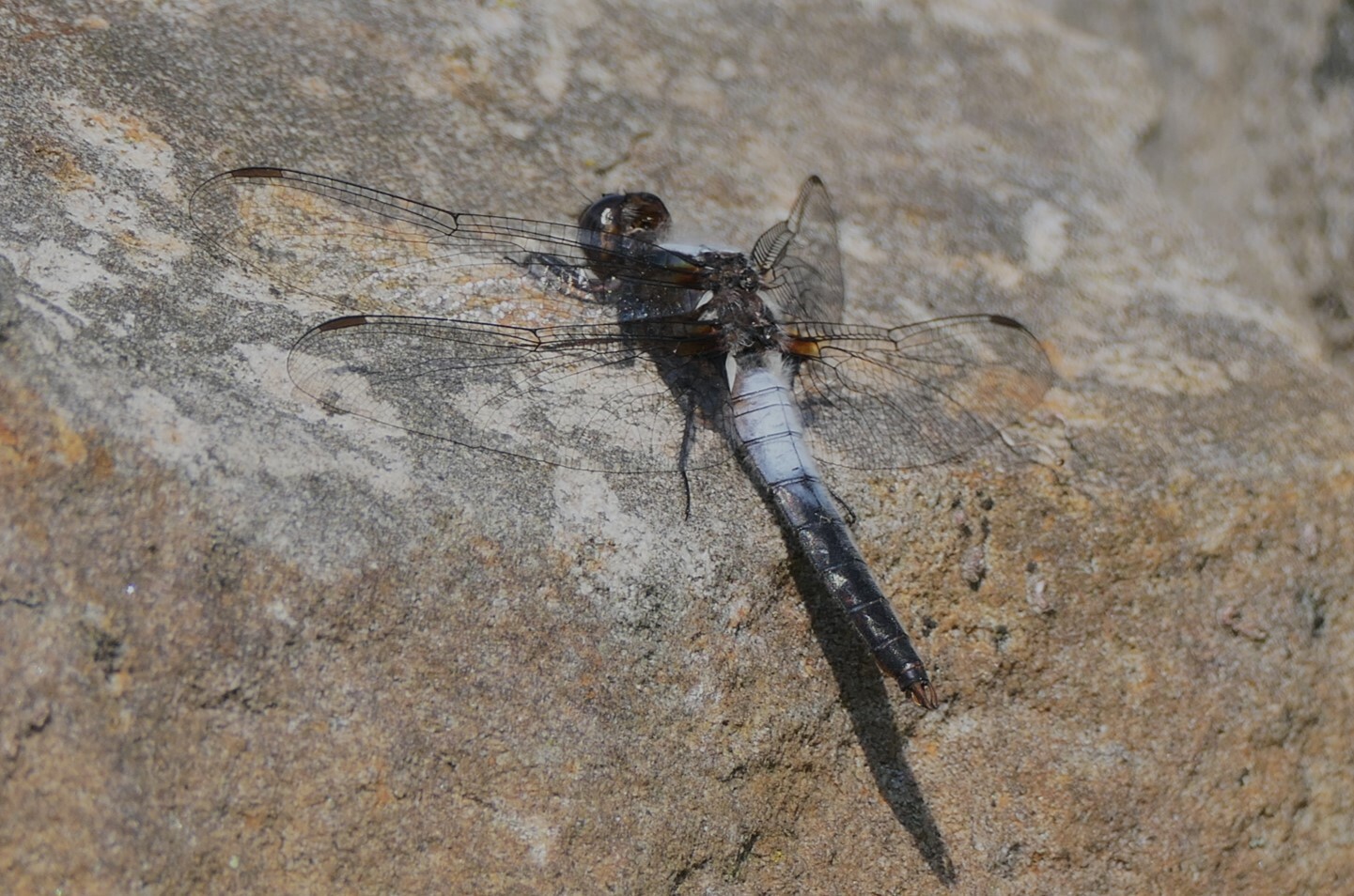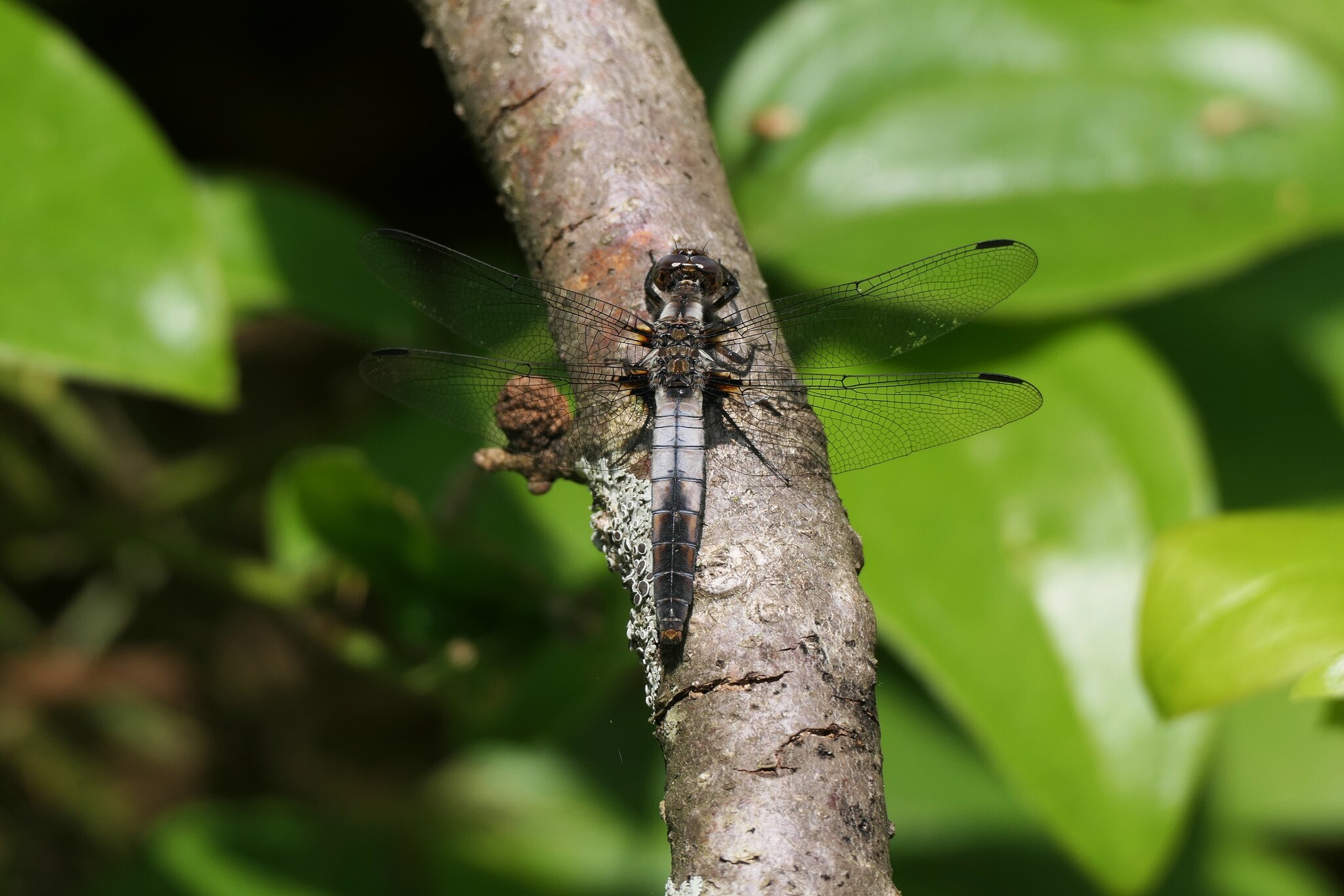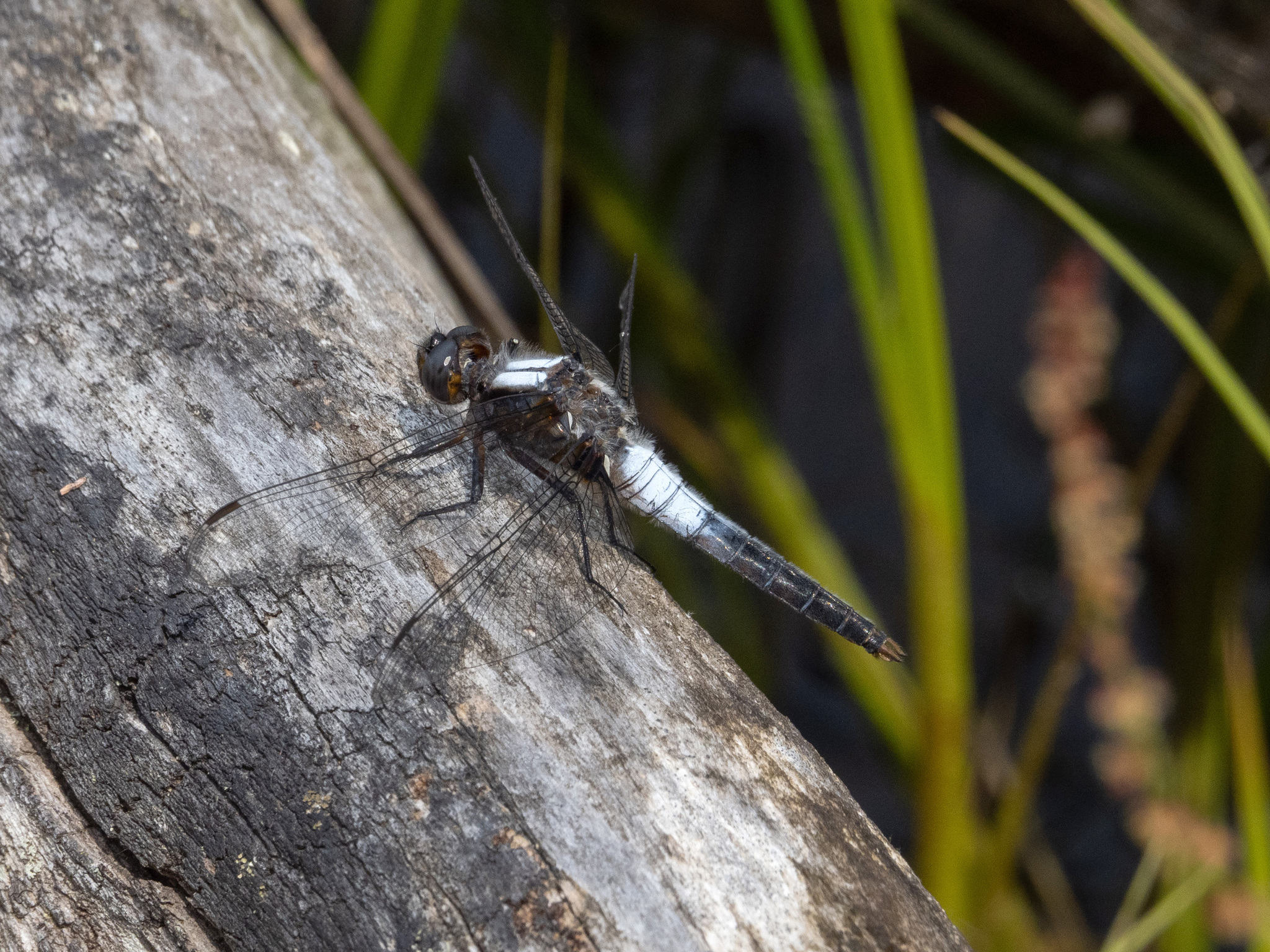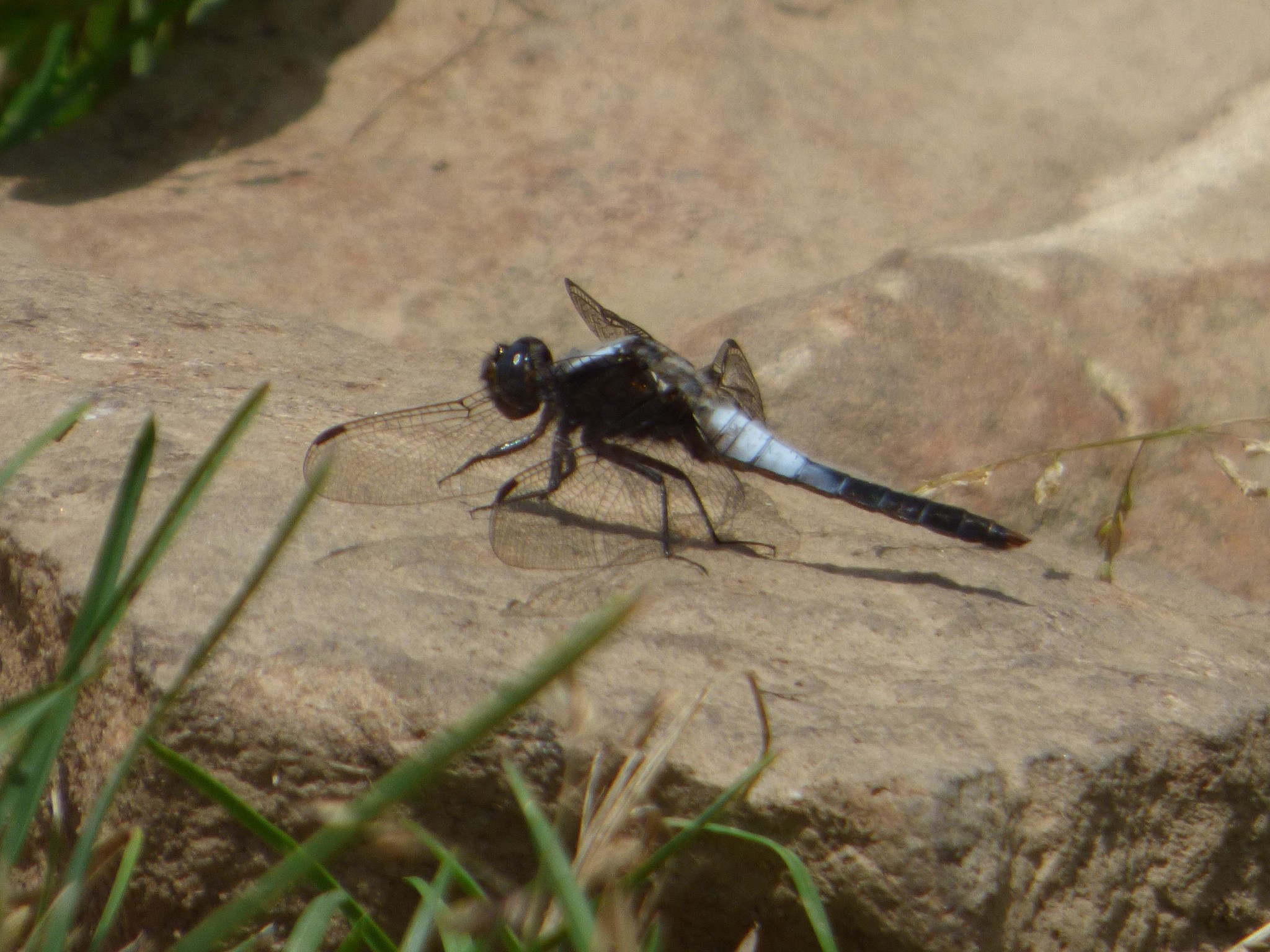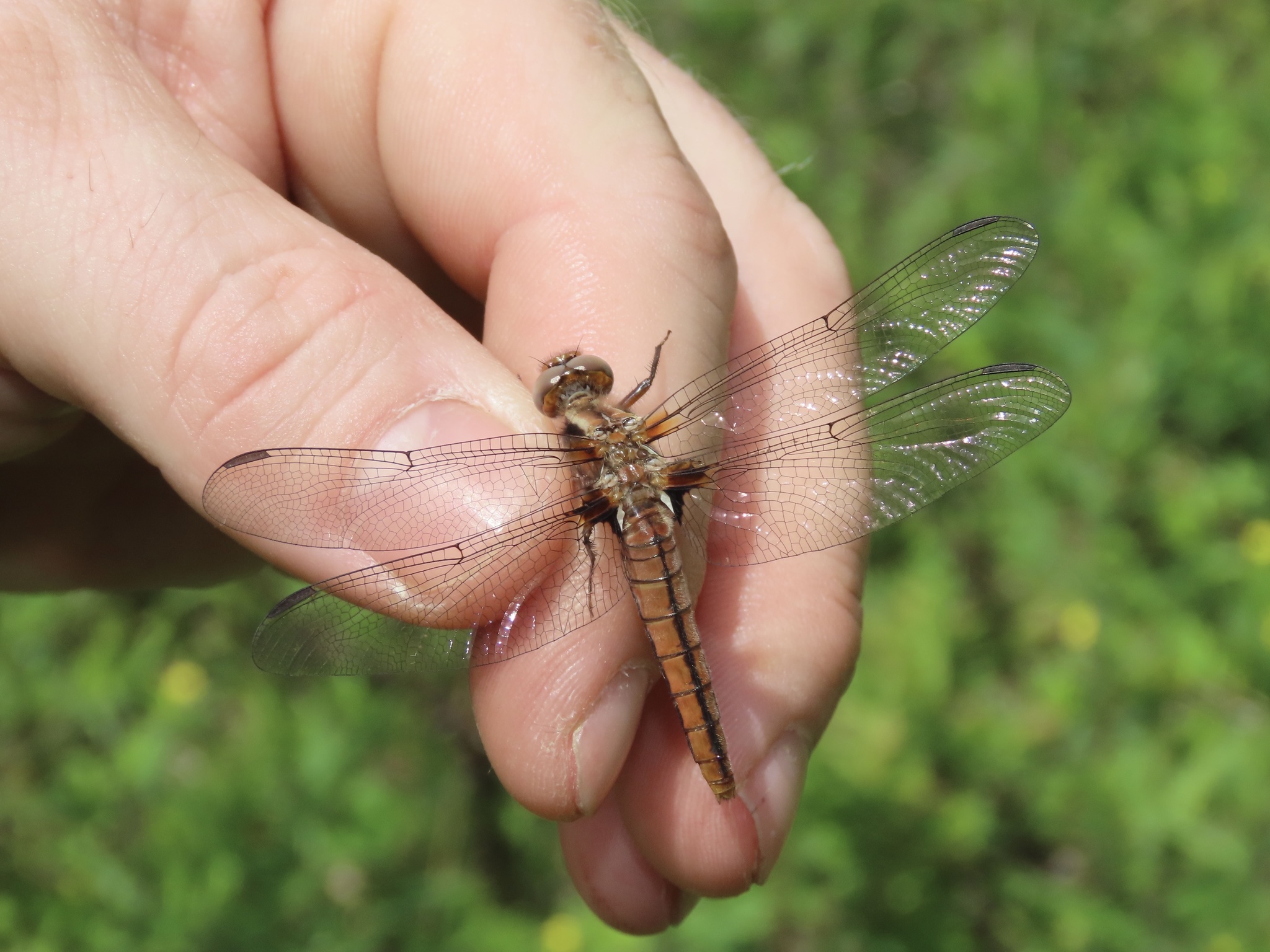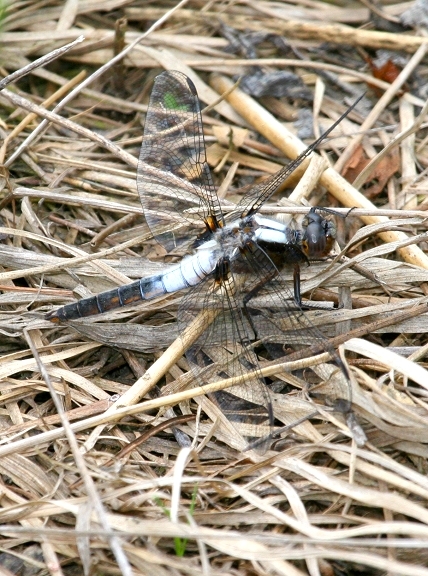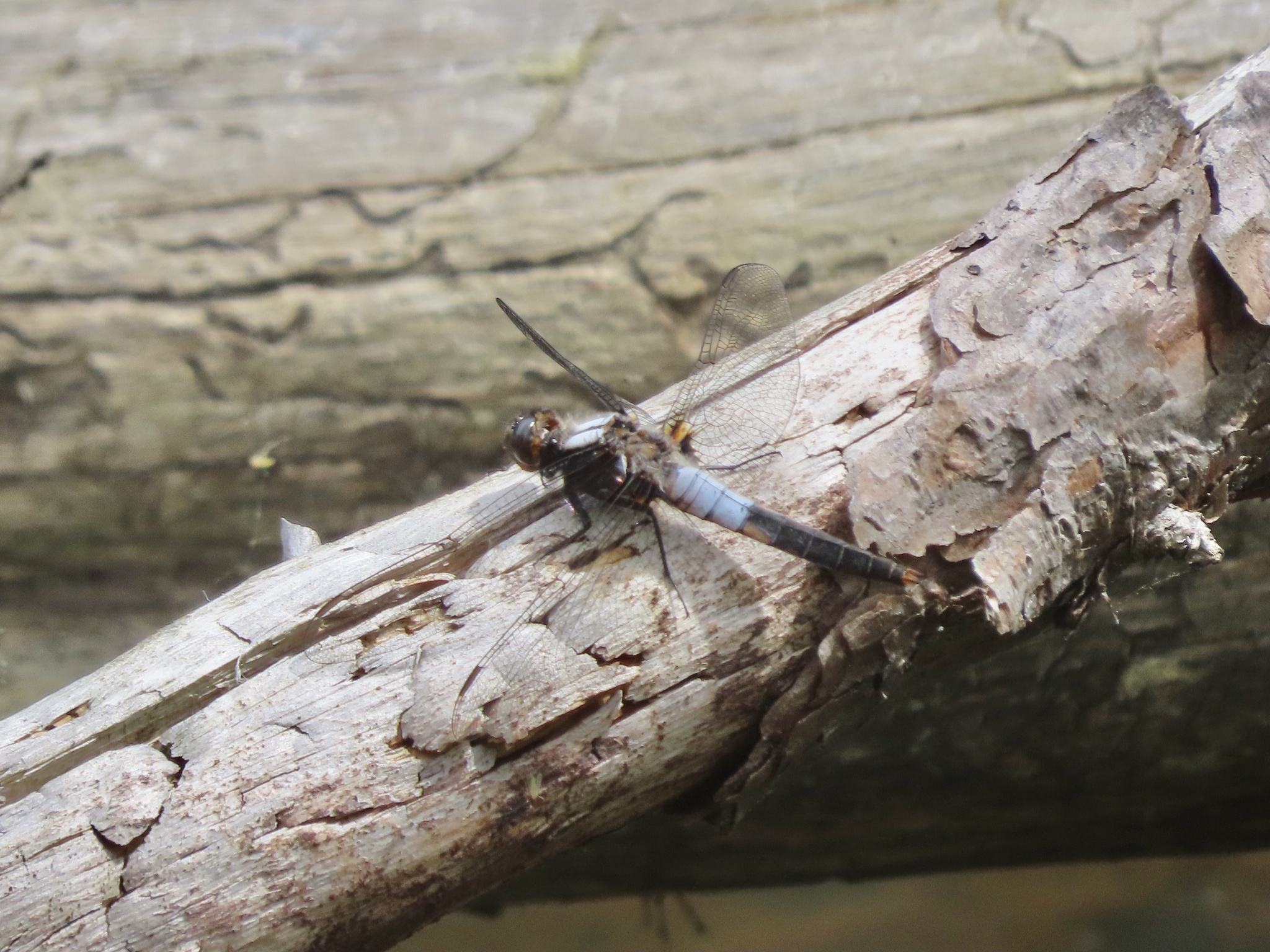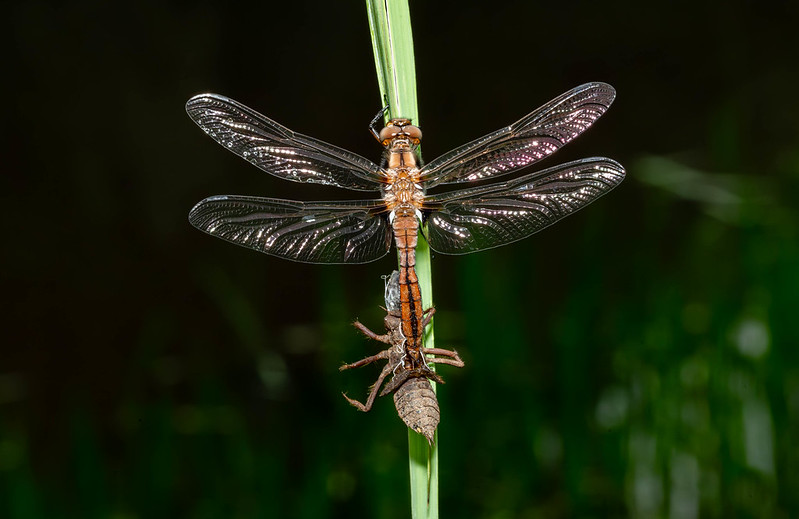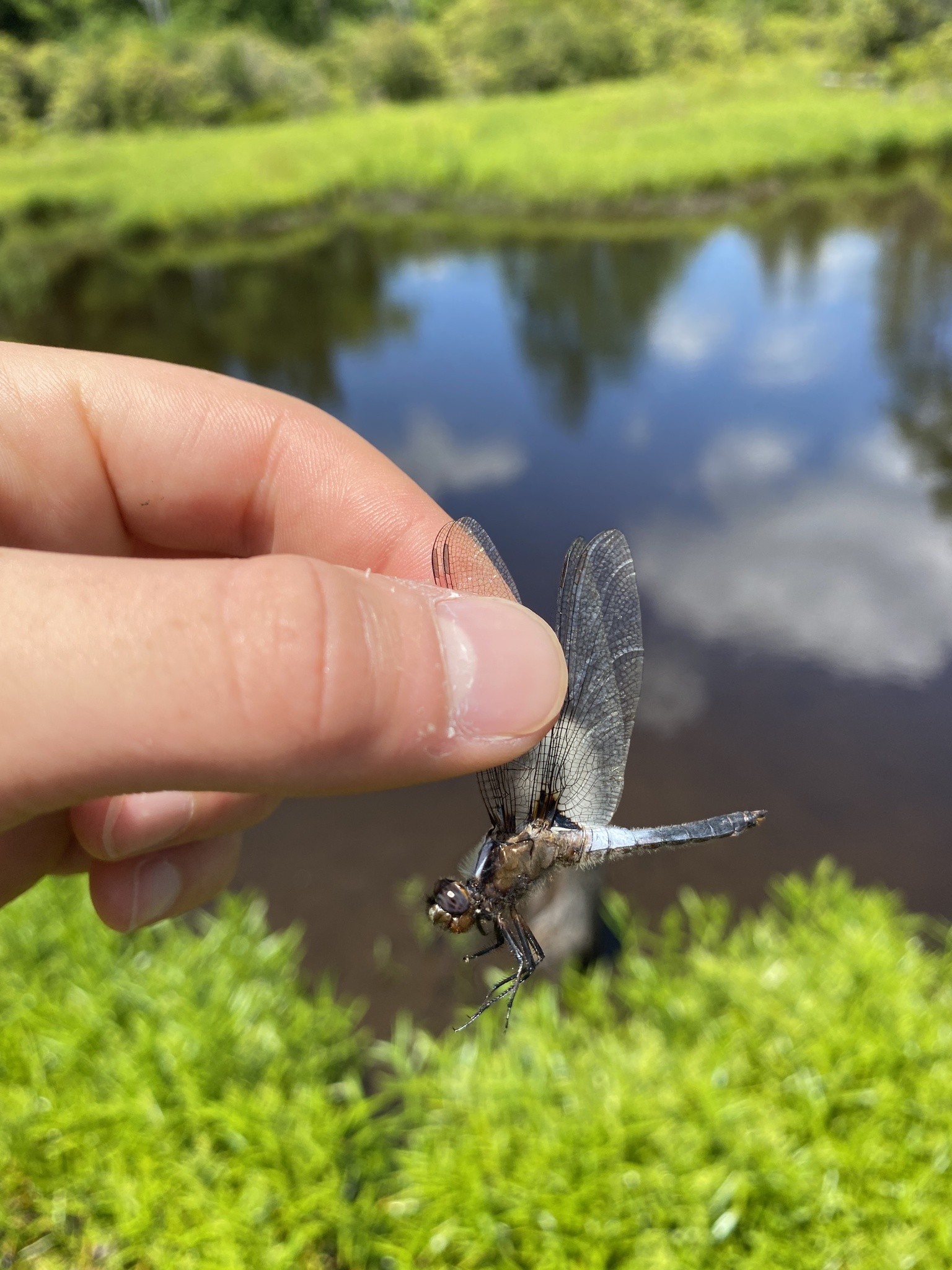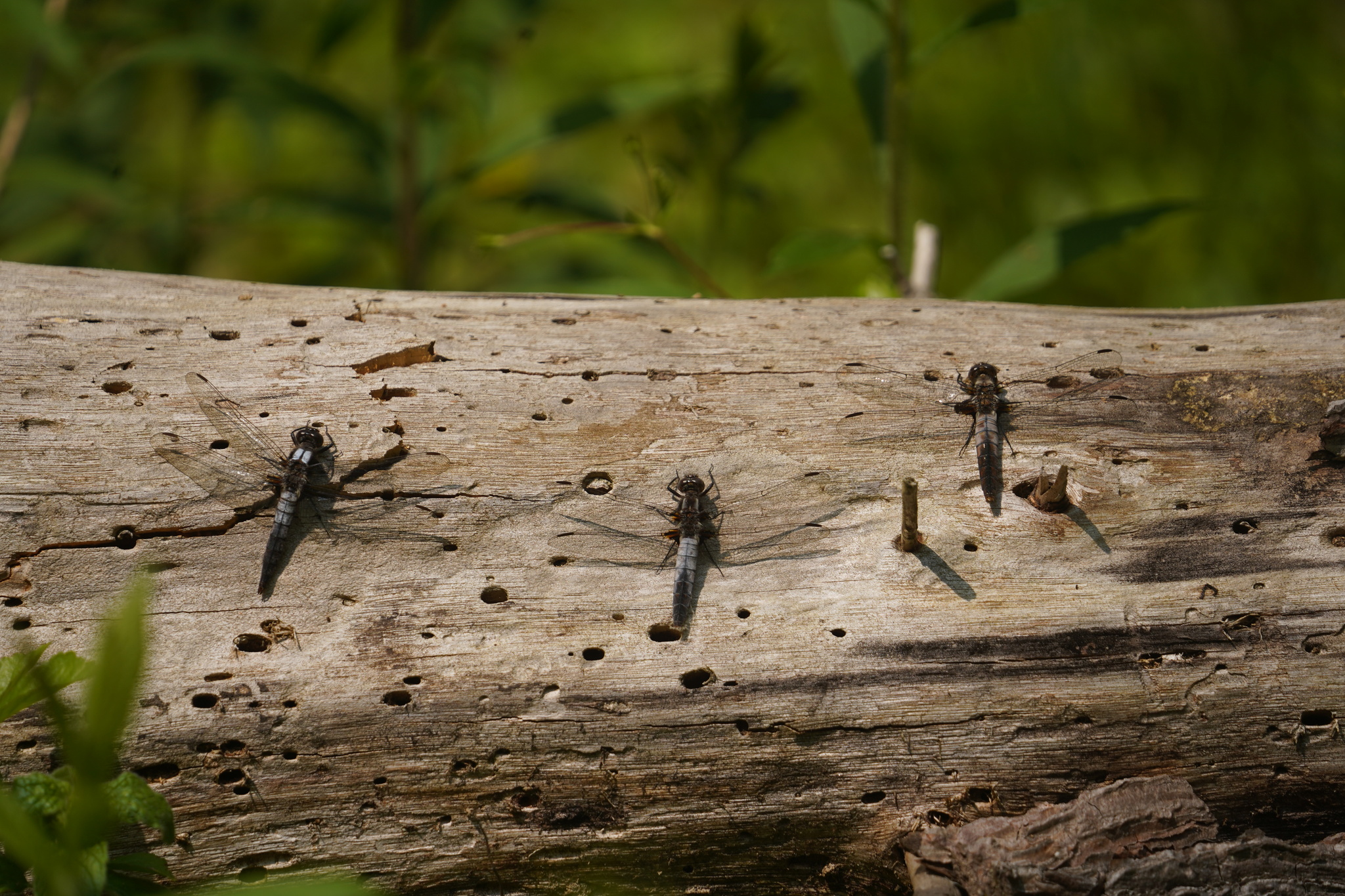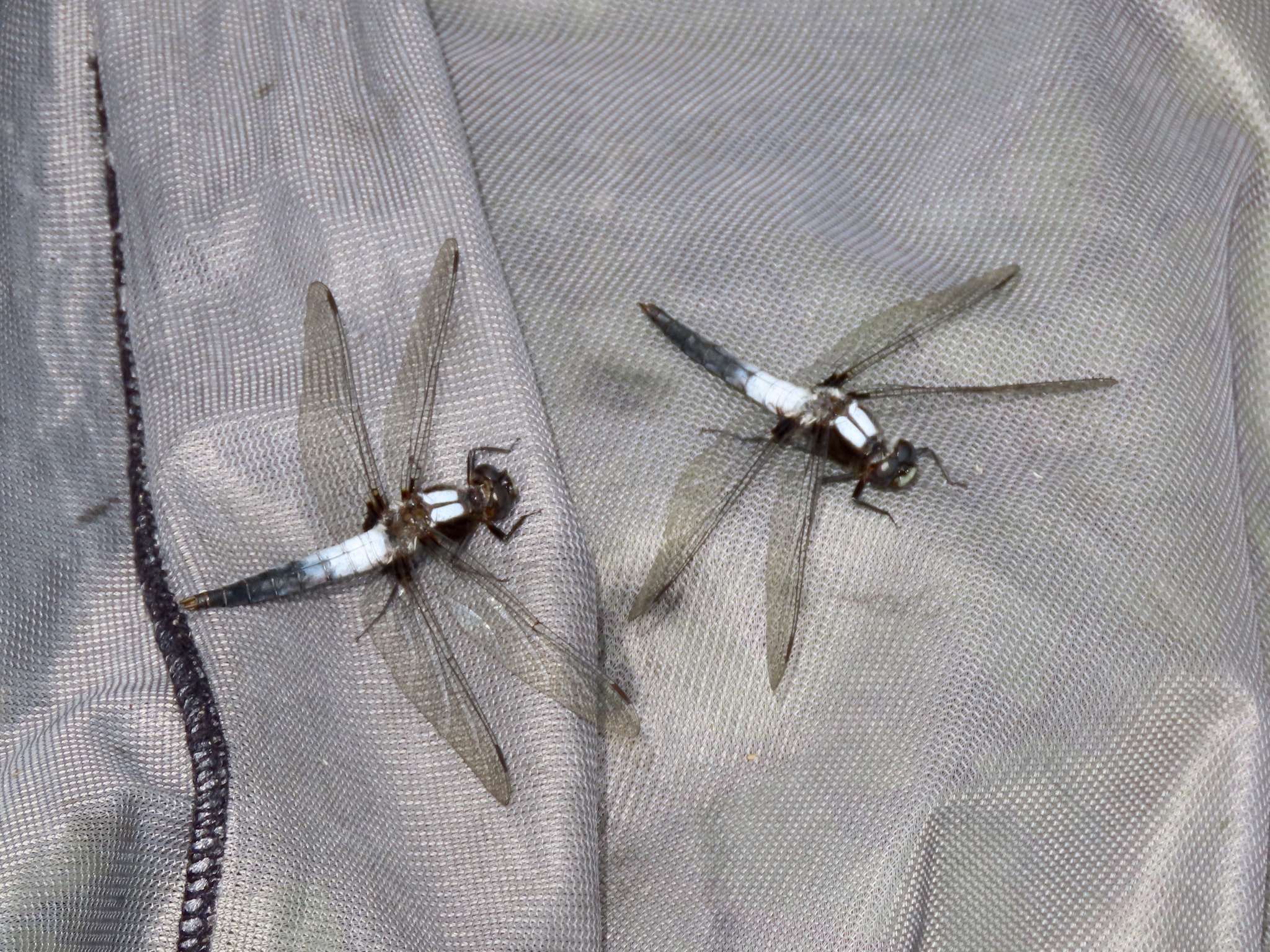Map Snapshot







112 Records
Status
Chalk-fronted Skimmer (Ladona julia) is an abundant northern skimmer, mostly restricted to higher elevations at the southern extreme of its range. This species breeds in ponds or lakes with mud bottoms, especially ones with acidic water (Paulson, 2011). This species is most common at mountain ponds in Garrett County but can also be found at a few ponds in the Catoctin Mountains of Frederick County. There are historic records from Baltimore and Anne Arundel Counties (Richard Orr's The Dragonflies and Damselflies of Maryland and the District of Columbia). it is ranked as S3 (watch list) in Maryland.
Seasonality Snapshot
Source: Wikipedia
| Chalk-fronted corporal | |
|---|---|

| |
| Male | |
| Scientific classification | |
| Domain: | Eukaryota |
| Kingdom: | Animalia |
| Phylum: | Arthropoda |
| Class: | Insecta |
| Order: | Odonata |
| Infraorder: | Anisoptera |
| Family: | Libellulidae |
| Genus: | Ladona |
| Species: | L. julia
|
| Binomial name | |
| Ladona julia Uhler, 1857
| |
The chalk-fronted corporal (Ladona julia) is a skimmer dragonfly found in the northern United States and southern Canada.
Juveniles of both sexes are light reddish brown, with white shoulder stripes and a black stripe down the middle of the abdomen. As they mature, males develop a white pruinescence on the top of the thorax and at the base of the abdomen, while the rest of the abdomen turns black. Females become almost uniformly dark brown, with a dusting of gray pruinescence near the base of the abdomen; a few develop the same color pattern as the males.
Chalk-fronted corporals often perch horizontally on the ground or on floating objects in the water, flying up to take prey from the air. They are gregarious for dragonflies, and are commonly seen perching in groups. They readily approach humans to feed on the mosquitoes and biting flies that humans attract.
Gallery
[edit]-
Males
-
Female juvenile
-
Female juvenile
-
Female
-
Male
References
[edit]- Dunkle, S. W. (2000). Dragonflies through Binoculars. New York: Oxford University Press. p. 176. ISBN 0-19-511268-7.
- Needham, J. G.; et al. (2000). Dragonflies of North America (rev. ed.). Gainesville, FL: Scientific Publishers. pp. 686–687. ISBN 0-945417-94-2.
External links
[edit] Media related to Ladona julia at Wikimedia Commons
Media related to Ladona julia at Wikimedia Commons Data related to Ladona julia at Wikispecies
Data related to Ladona julia at Wikispecies- Ladona species. University of Minnesota
- Ladona julia. NJOdes: New Jersey Odonata
- Ladona julia. ITIS
_via_inaturalist_inat_1598908660-607a02d01da38.jpg)
